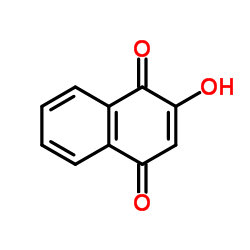| 结构式 | 名称/CAS号 | 全部文献 |
|---|---|---|
 |
茚三酮
CAS:485-47-2 |
|
 |
2-羟基-1,4萘醌
CAS:83-72-7 |
| 结构式 | 名称/CAS号 | 全部文献 |
|---|---|---|
 |
茚三酮
CAS:485-47-2 |
|
 |
2-羟基-1,4萘醌
CAS:83-72-7 |